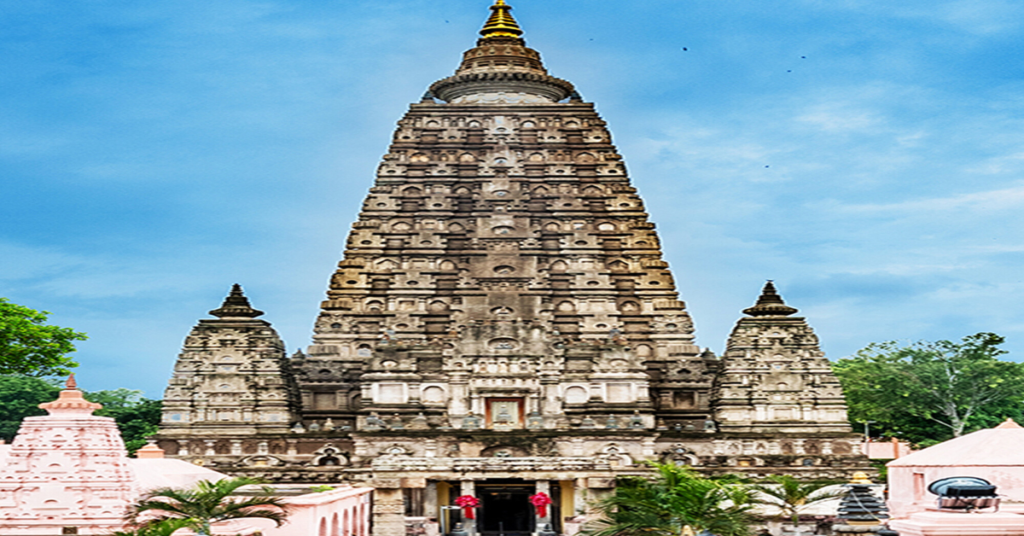The original Mahabodhi Temple was constructed by whom?
Around 260 BCE, Emperor Ashoka commissioned the first Mahabodhi Temple.
Why is the Bodhi tree in Bodh Gaya so important?
Buddhists revere the Bodhi tree because it is thought to be a direct descendent of the tree beneath which Buddha obtained enlightenment.
When did Buddhist popularity begin to wane in India? When did this influence the religious center?
The collapse of Buddhism in India brought about by many factors led to the temple's decay. It could reclaim Buddhist rule and flourish once more in the twentieth century.
The most important event at the Mahabodhi Temple is the fourth question.
The most important celebration at the temple is Buddha Purnima, which is held to remember the most momentous occasions in Buddha's life.
What is the present state of the temple, and who is in charge of it?
A mixed Hindu/Buddhist committee oversees the temple's operations. A significant shift in policy occurred in 2013 when a non-Hindu was elected to lead the temple committee. In addition to private organizations, the state government of Bihar is responsible for its upkeep.
Is it true that the Mahabodhi Temple is listed as a World Heritage Site by UNESCO?
The temple was officially recognized as a World Heritage Site by UNESCO in June 2002.
Have there been any major developments about the temple recently?
The King of Thailand and Thai worshippers gave 289 kg of gold to the temple in 2013 as a gift, and the Archaeological Survey of India sanctioned the addition.



